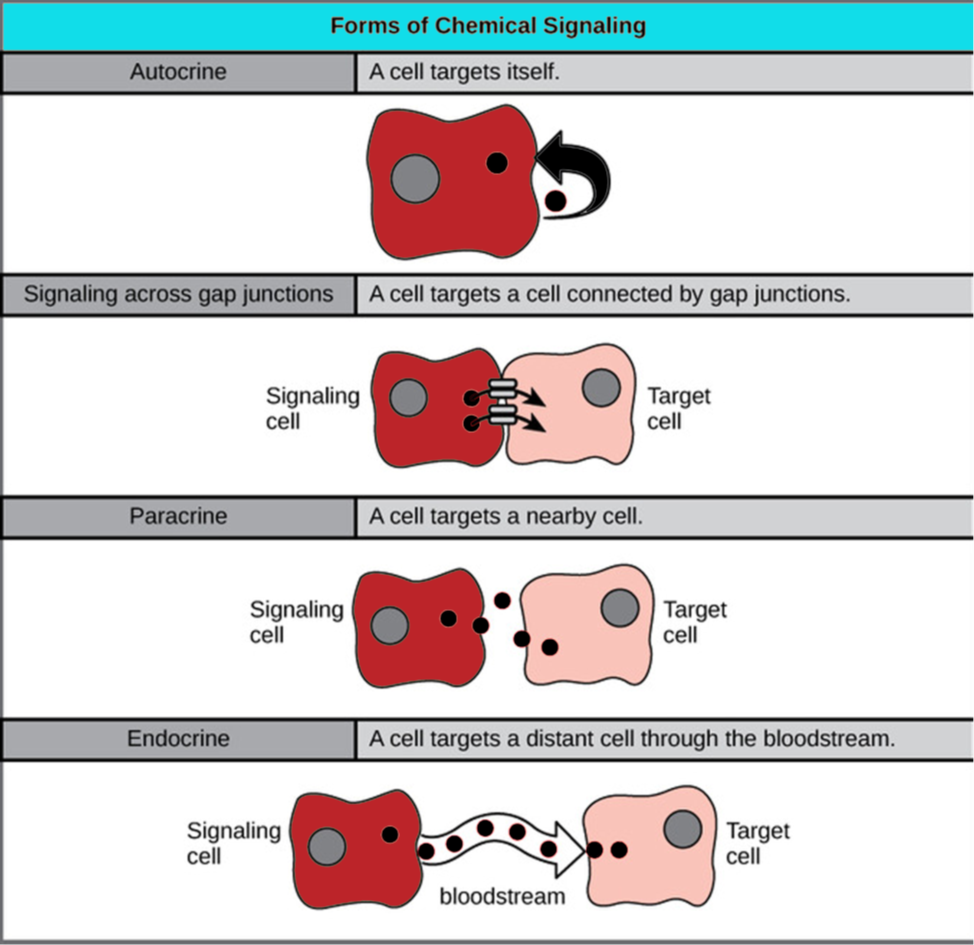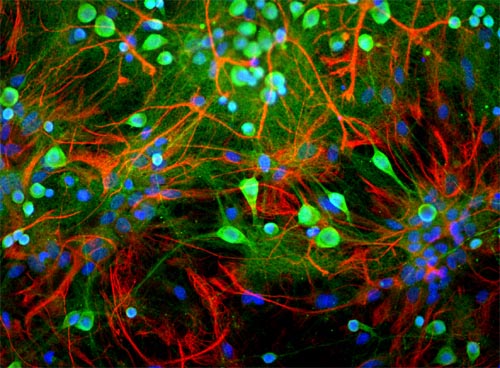


They detect and destroy infected or transformed cells after T cell receptor (TCR)-mediated recognition of, e.g., endogenous viral peptide antigens, which are presented on major histocompatibility complex (MHC) class I molecules on the cell surface. CD8 + T cells, also referred to as cytotoxic T lymphocytes (CTLs), are pivotal for host defense against infection with viruses, intracellular bacteria, and parasites, and for immune surveillance of tumor cells, by scanning the surfaces of body cells for alterations. Future vaccination strategies will benefit from a deeper insight into the mechanisms that govern CTL activation.ĭendritic cells (DCs) are responsible for activating T cells. Here, we discuss recent advances in our understanding of DC licensing for cross-priming and implications for the temporal and spatial regulation underlying this process. Direct recruitment of CTLs through chemokines released by licensed DCs has recently emerged as a common theme and has a crucial impact on the efficiency of CTL responses. Licensing regulates the DC/CTL cross-talk at multiple layers. Recently, it has been established that such T cell licensing can be facilitated by CD4 + T helper cells (“classical licensing”) or by natural killer T cells (“alternative licensing”). DCs provide both signals when activated by ligands of pattern recognition receptors and “licensed” by helper lymphocytes.

One checkpoint to avoid misguided CTL activation, which might damage healthy cells of the body, is the necessity for multiple activation signals, involving both antigenic as well as additional signals that reflect the presence of pathogens. 2 Institute for Medical Microbiology, Immunology and Hygiene, Technical University of Munich, Munich, Germanyĭendritic cells (DCs) are the main inducers and regulators of cytotoxic T lymphocyte (CTL) responses against viruses and tumors.1 Institutes of Molecular Medicine and Experimental Immunology, Rheinische Friedrich-Wilhelms-University, Bonn, Germany.


 0 kommentar(er)
0 kommentar(er)
